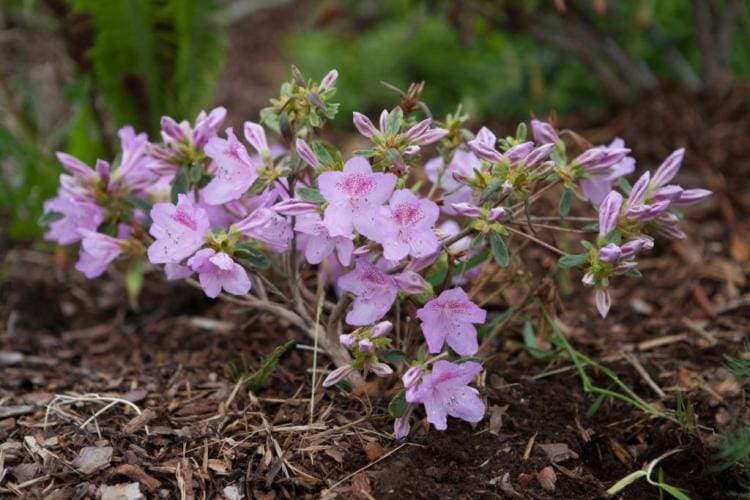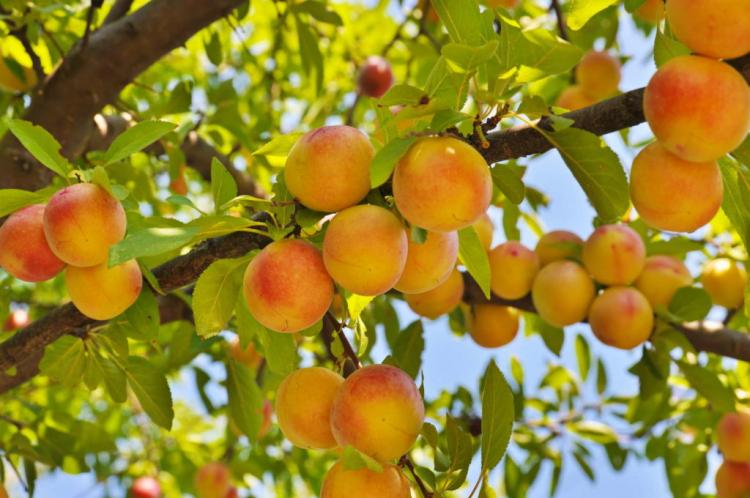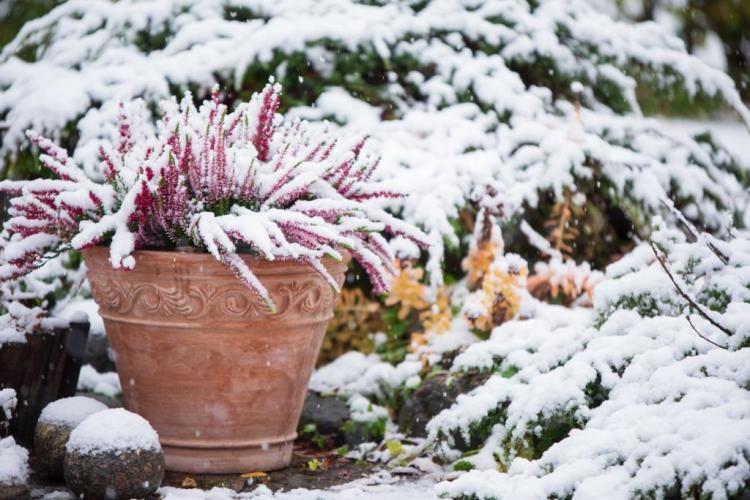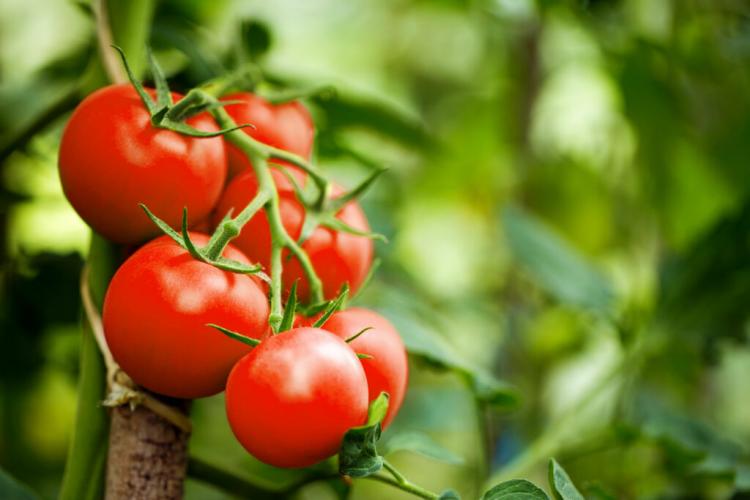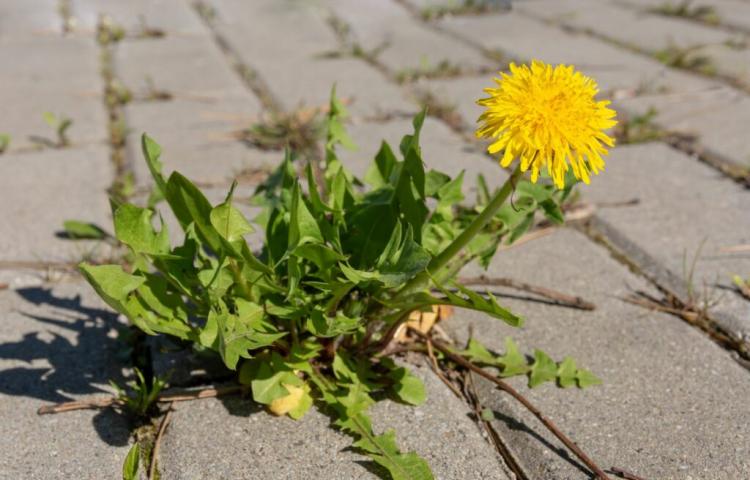Preserving Tomatoes: Drying, Pickling And Canning
Surplus tomatoes can be preserved well. Here you will find all information about drying, pickling, preserving, and freezing tomatoes.
Who does not know it: In the spring the eyes were bigger than the actual “hunger for tomatoes”. And suddenly you have countless tomato plants in your own garden, the harvest of which quickly exceeds your own need for fresh tomatoes. But don’t worry, you don’t have to throw away the hard-earned fruits of your harvest, of course, because there are countless ways to preserve tomatoes. We will introduce you to various ways in which you can preserve your tomatoes.
Drying tomatoes: preserving them the Mediterranean way
Table of Contents
Very ripe, soft tomatoes, which have a high sugar content and a strong aroma, are best suited for drying. To preserve the fruits the Mediterranean way, you have to open them with a butterfly cut and almost divide them. The fruit should be held together on the opposite side of the cut. Then the juice and the gelatinous seed heads are removed. Then you should add a good portion of salt.
While tomatoes in the Mediterranean countries spend a few days in the dry and warm air, other means are needed here. The simple solution is to dry it in the oven. To do this, place the tomatoes generously on a baking sheet with baking paper and put it in the oven at 90 ° C for about six hours. Important: The oven door must not be completely closed. Put a wooden spoon in the oven door to allow moisture to escape. If you want to dry or dehydrate vegetables and fruit more often, it is best to use a professional dehydrator.
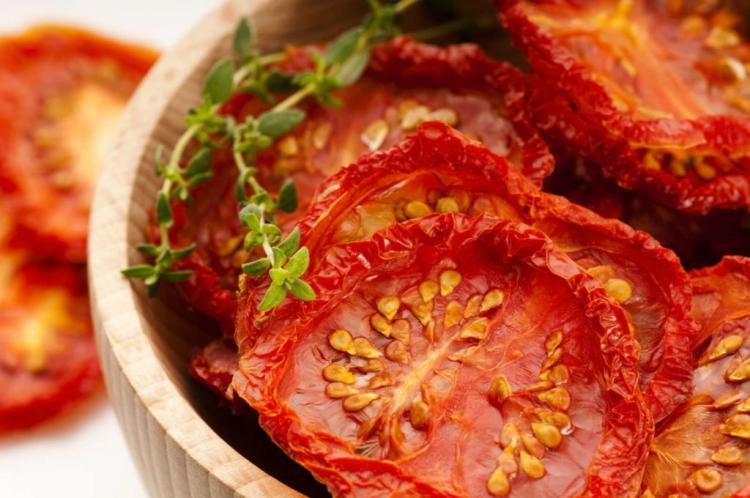
Drying tomatoes in 6 steps:
- Let tomatoes ripen as long as possible.
- Slice the tomatoes with a butterfly cut.
- Remove juice and seed pods.
- Salt the tomato pieces properly.
- Lay the pieces out generously on a baking sheet lined with baking paper.
- Leave to dry in the oven at 90 ° C for about 6 hours; Clamp the wooden spoon between the door so that the moisture can escape.
Pickle and preserve tomatoes
This method was particularly popular at a time when tomatoes were not yet available in supermarkets all year round. It is true that we no longer suffer from a tomato shortage in winter, but if you are honest, the Dutch grown tomatoes taste anything but good.
To be able to enjoy aromatic tomatoes even in the cold season, it is best to use an old recipe from grandmother’s time: Choose ripe tomatoes, wash them, and slightly cut the skin in one place. Then you put the tomatoes in a suitable container or pot and pour boiling water over them. After a few minutes, the tomato peel can be removed very easily. While the tomatoes are in the hot water, take the previously cleaned mason jars and pour boiling water over them. Although this is not necessary, it saves cracks in glasses of poor quality.
You might so like: Tomato Plants In Winter: Expert Tips For Hibernating Tomatoes
When the tomatoes are peeled, they are layered in the glass. For the taste, you can add pepper or other herbs and spices. Finally, fill the glass to just below the brim with a 1.5% brine (15 g salt per liter). The tightly screwed glasses are now placed in a water bath and the pot is heated to 85 – 95 ° C for about half an hour. The last step is to remove the pot from the plate and let the glasses cool down. Only then should the lid, which is now sitting tightly on the edge of the glass due to the vacuum, be touched.
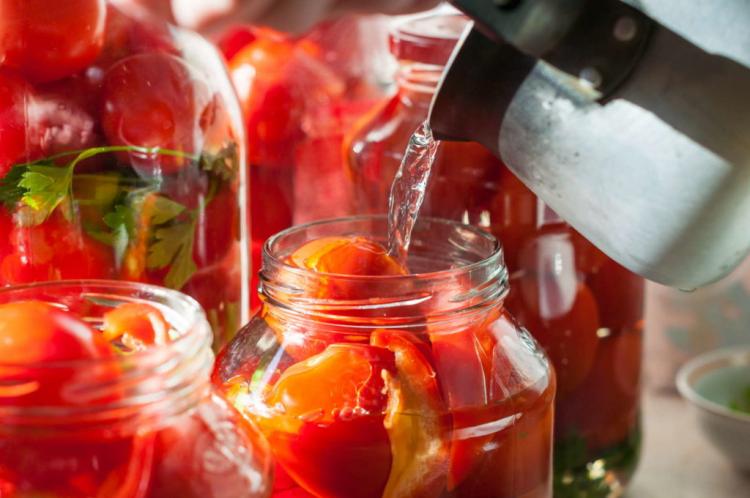
Tomato canning in 7 steps:
- Wash ripe tomatoes, cut lightly into the peel, place in a container or saucepan, and pour hot water over them.
- Pour hot water into clean mason jars.
- Remove the tomatoes from the container and peel them with a knife. If the shell doesn’t bother you, you can do without it.
- Layer the tomatoes in the now warm and again empty mason jars.
- Add the spices and herbs and pour a 1.5% brine over the top.
- Close the jars and let them boil for 30 minutes in an 85 – 95 ° C water bath.
- Take it from the stove and let it cool off.
Freeze tomatoes
Tomatoes can be frozen whole, diced, or pureed. However, this is only useful if the tomatoes are to be used later in cooked dishes. Freezing changes the consistency of the pulp. If you want to give sauces or soups a tomato touch, frozen tomatoes are ideal.

In our opinion, it is best to dice the tomatoes before freezing them. The stalk should also be removed beforehand, as it is fibrous and would only take up space anyway. If you want, you can peel the tomatoes beforehand. Then the fruits are portioned into small freezer bags with zippers so that the contents are hermetically sealed. This not only increases the packing density but also thaws the diced tomatoes better later. Freezing tomatoes means they can be kept for up to a year.
Reduce the tomatoes
Preserving tomatoes is particularly suitable for those who like to prepare tomato sauces. The advantage of home-cooked tomatoes is obvious. You have full control over what goes into the glass. In addition, conventional canned tomatoes from the supermarket have the disadvantage that plasticizers (bisphenol A, etc.) can diffuse into the tomatoes from the inner coating of the can.
You might so like: Moneymaker Tomato: The Plant And Care Variety
The best and tastiest tomato sauce is obtained by boiling down fully ripe tomatoes. For this, you can also use those that already have slight pressure points and would not last long anyway. Remove the stalk, then dice the tomatoes into small pieces and slowly bring to a boil in a saucepan. If the tomato peel bothers you, you can puree the mixture with a blender while it is cooking. However, we recommend that you also boil down the bowl, as this is the only way to benefit from the secondary plant substances that are increasingly present in the bowl.
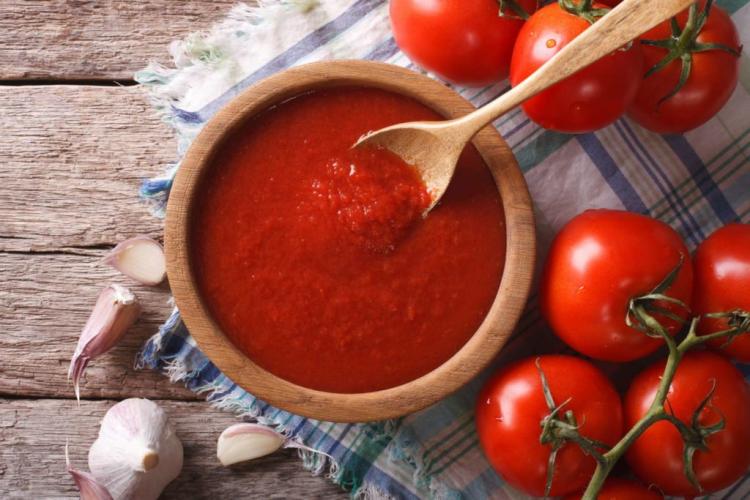
Depending on your personal preference, you can add other ingredients such as garlic, bay leaves, rosemary, oregano, and thyme as well as a pinch of salt. Many recipes recommend adding plenty of sugar (up to 500 g per 1000 g of tomatoes). In our opinion, this is not necessary, as ripe tomatoes from your own garden should actually be sweet enough. In addition, the full flavor of the tomato only comes into its own with a balanced ratio of fructose and acid.
The tomato mixture is now boiled down for at least three-quarters of an hour. There should be no lid on the pot and it should be stirred from time to time. For the last five minutes, pour boiling water into the clean mason jars. When the glasses are hot, pour away the water and pour in the tomato sauce. A funnel can make this work a lot easier. Now you close the jars with the lid and overturn them. This also disinfects the upper edge and the lid of the jar and a vacuum (responsible for the well-known click when opening the jar) is created.
Preserve tomatoes in 6 steps:
- Wash fully ripe tomatoes, remove the stalk and cut into small pieces.
- Put in a larger saucepan and refine with other ingredients such as garlic, bay leaves, pepper, oregano, thyme, and rosemary as desired.
- Simmer the mixture on medium heat for three-quarters of an hour. Now and then you stir the sauce.
- If you are not a fan of the tomato peel, you can puree the mixture with a blender while it is cooking.
- Towards the end of the cooking time, hot water is poured into the clean jars. If the glasses are hot, pour out the water and pour in the tomato sauce.
- Now close the jars, turn them out and let them cool down slowly.
Not only the tomato itself can be preserved. With many types of tomatoes, the seeds can be dried and you can use them to sow new tomatoes later.

